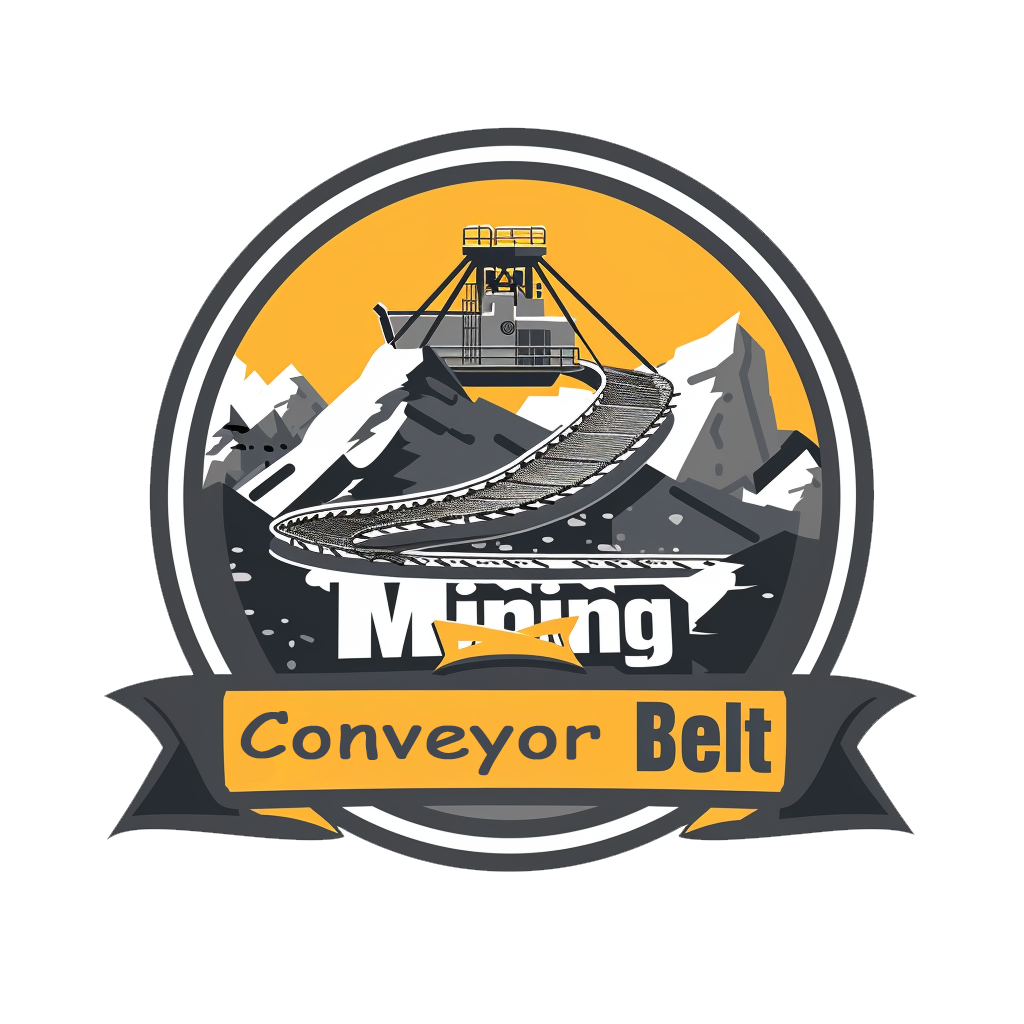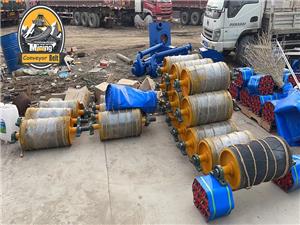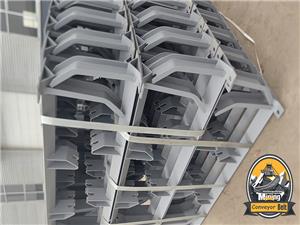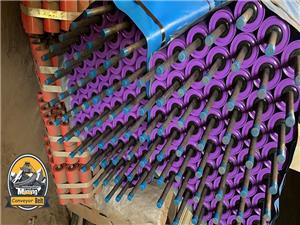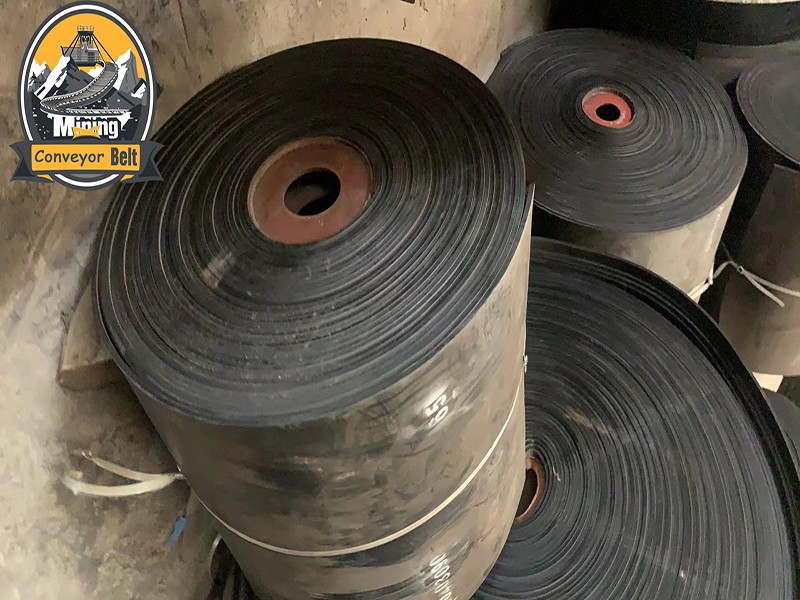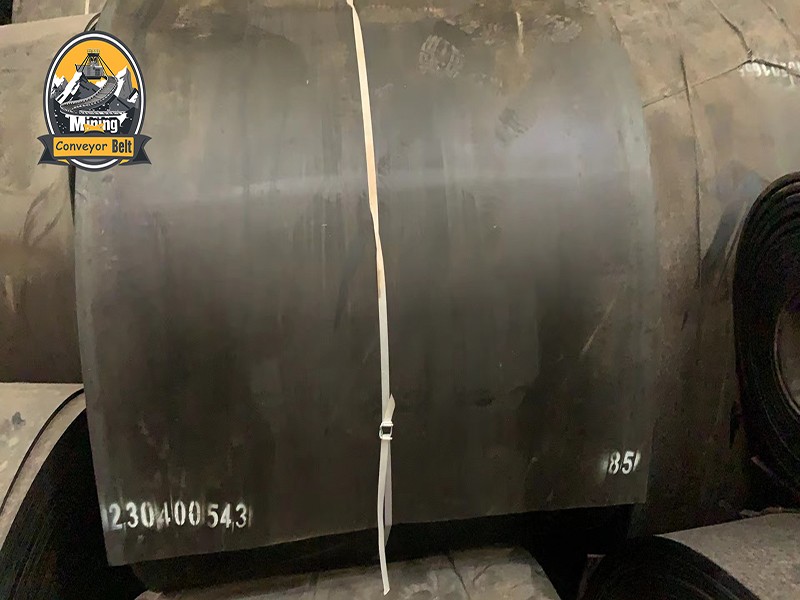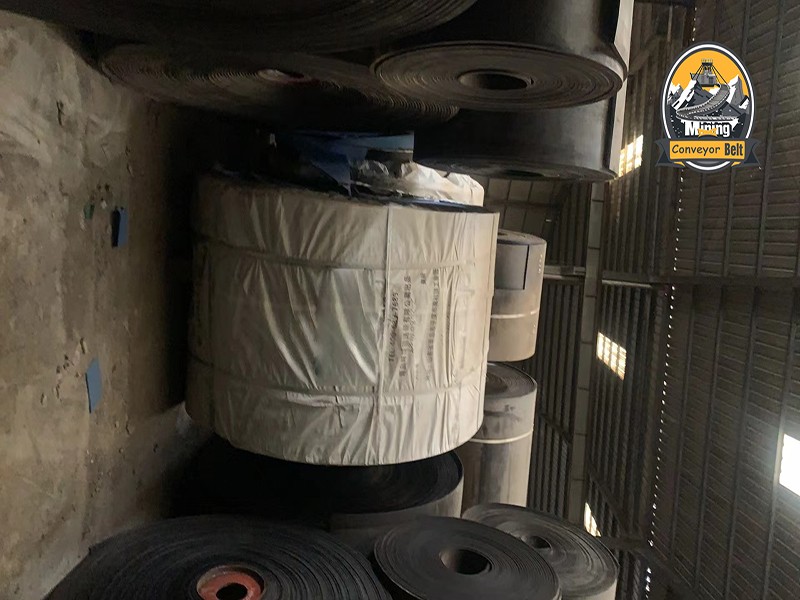
Anti-Slip Conveyor Belt rough top conveyor belt factory
Brand Xiamen Mining
Product origin Xiamen
Anti-slip conveyor belts are essential for industries where materials must be transported at inclines or where friction is a concern. In this article, we will address some of the most common questions, backed by key data from your product specifications, and provide practical solutions.
What Is an Anti-Slip Conveyor Belt?
An Anti-Slip Conveyor Belt is designed with textured surfaces such as diamond patterns, herringbone, or chevron, providing higher friction. This prevents materials from slipping, especially in applications where 17° incline or steeper angles are involved. For instance, belts with 20mm pattern height are commonly used in high-tilt environments like coal or cement transport.
Why Do I Need an Anti-Slip Conveyor Belt?
Improved Safety and Material Stability: Anti-slip belts are crucial when transporting materials like coal, cement, or grains. Their textured surfaces provide superior grip, ensuring that items don't slip off during transportation.
Ideal for Steep Angles: Anti-slip belts can handle inclines up to 60°, unlike regular flat belts, which are typically limited to 17° or lower. This makes them perfect for industries such as mining and construction, where steep inclines are common.
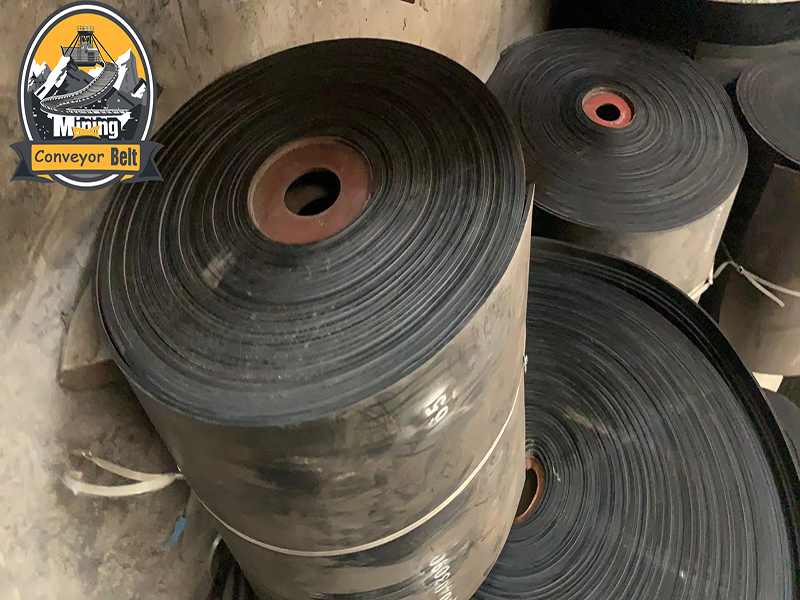
How Do I Choose the Right Anti-Slip Conveyor Belt?
Which Pattern is Best?
Chevron pattern is ideal for 40° inclines or steeper and is commonly used for coal, sand, and cement transport.
Herringbone is best for granular and powdery materials at 30° inclines.
Diamond pattern is often used in more flat applications, ideal for light-duty items like cardboard boxes.
How Does Width and Pattern Height Affect Performance?
The maximum belt width for anti-slip belts can reach up to 6800 mm, suitable for wide conveyor systems.
Common pattern heights are 20mm, which provides a balance between grip and flexibility.
What Are the Key Considerations for Maintenance?
Storage Requirements: Store belts in temperatures between -15°C and 40°C and ensure the relative humidity is between 50%-80%. This helps preserve the material and prevents degradation.
Storage and Usage Best Practices: Always store anti-slip belts in rolls, not folded. Periodically rotate them every season to maintain their quality.
Speed and Load: Anti-slip belts generally operate at speeds up to 5 m/s. Going beyond this limit can affect the lifespan. Additionally, when transporting abrasive or heavy materials, it is advised to use slower speeds.
How to Fix Common Anti-Slip Conveyor Belt Issues?
Problem: Insufficient Initial Tension
If the belt slips during startup, it’s likely that the initial tension is too low. Adjusting the tension on the tensioning device will solve this issue.
Problem: Poor Friction Between Belt and Pulley
A common cause of slippage is moisture or water on the belt. Adding rosin powder to the pulleys can significantly improve friction.
Problem: Overloaded Conveyor System
If the conveyor system is overloaded, the motor might struggle, causing the belt to slip. This can often be resolved by reducing the load or starting the conveyor at a slower speed.
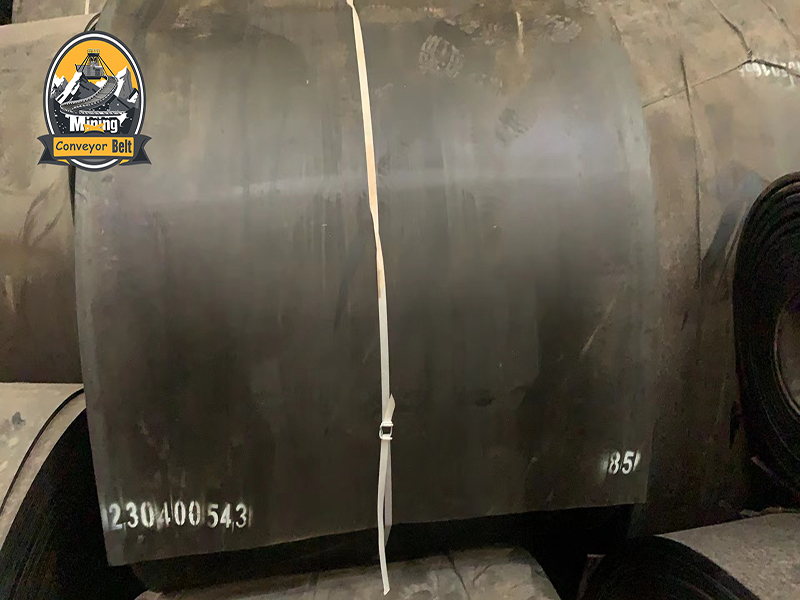
Conclusion
Anti-slip conveyor belts are an invaluable solution for industries requiring safe and reliable material transport. By understanding the key aspects such as pattern type, belt width, pattern height, and storage conditions, you can make an informed choice to maximize both performance and lifespan. The data-backed specifications like maximum width of 6800mm and pattern heights of 20mm provide flexibility for various applications, ensuring your conveyor system operates efficiently in even the most challenging environments.
